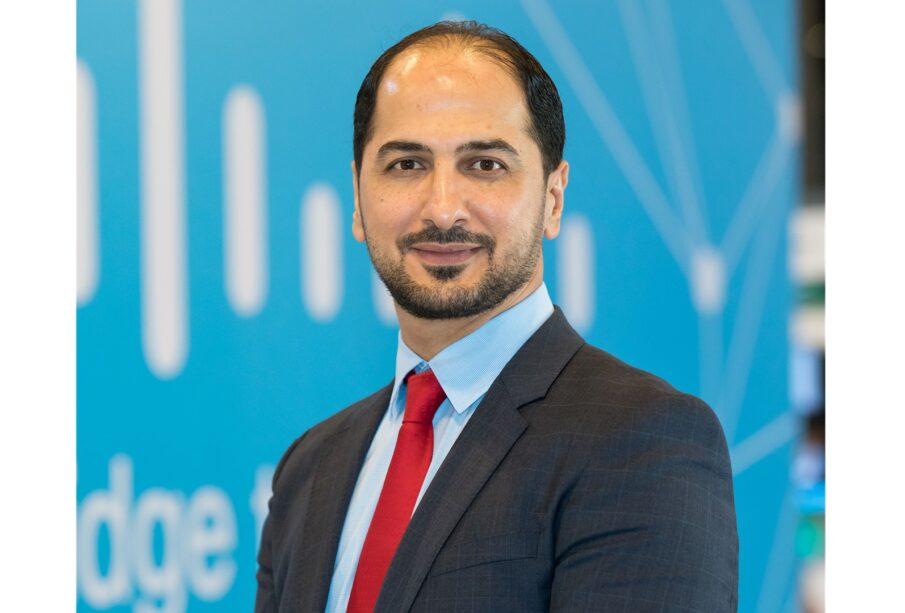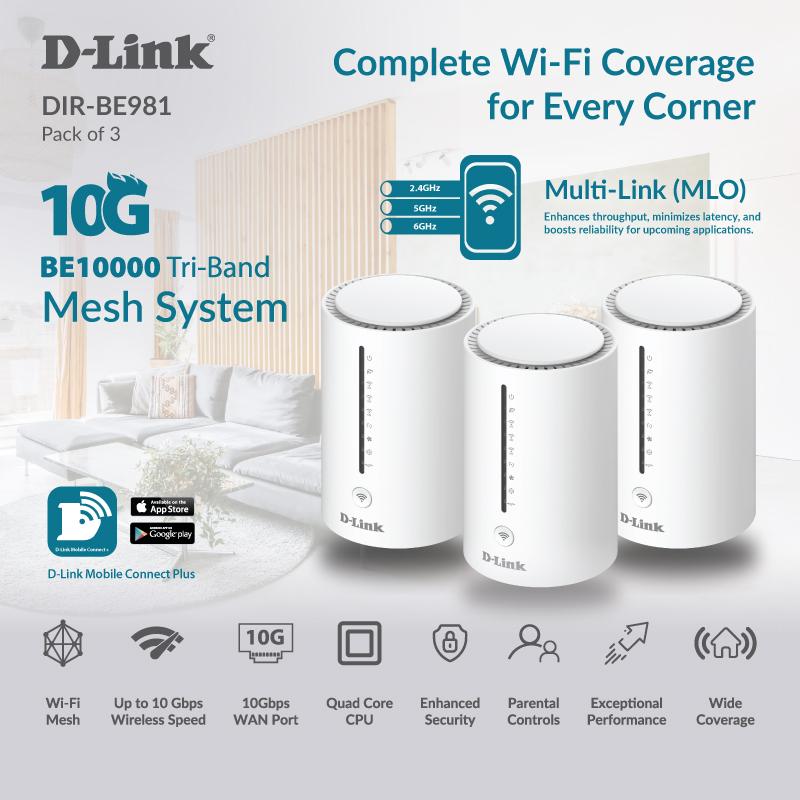Empowering Agentic Intelligence

Mohannad Abuissa, MD Solutions Engineering and CTO, Cisco Middle East, Turkey, Africa, Romania and CIS.
Mohannad Abuissa, Managing Director of Solutions Engineering and CTO for Cisco Middle East, Africa, Türkiye, Romania, and CIS, spoke to CXO DX at GITEX about how Cisco is evolving its portfolio to power the new wave of AI, from secure infrastructure to next-generation observability and quantum networking.
How is Cisco evolving its portfolio to be AI-driven?
We are witnessing a new wave of AI today. Two or three years ago, we saw the advent of generative models like ChatGPT. Cisco has been providing secure networking for enabling that phase, and now, with the whole world moving toward agentic AI, Cisco has been pioneering in providing the critical infrastructure that empowers this new phase as well.
We always say there is no AI without secure networking and that’s where Cisco excels. Beyond infrastructure, we are also making AI foundational in the way we design our products. It’s not something we bolt on later; we build new solutions with AI embedded from the start.
Today’s data centers can no longer cater to AI workloads without being redesigned. Cisco is rethinking how data centers are built optimizing for low latency, high throughput, and power efficiency to handle AI’s demanding compute needs while maintaining sustainability and reducing carbon emissions.
But AI is only as good as it is trustworthy. That’s why Cisco focuses heavily on AI safety and security, offering innovations like AI Defense to ensure that models don’t suffer from toxicity, hallucinations, or prompt injections. Our solution provides model validation and guardrails before deployment and continuous protection once in production.
We also integrate security directly into the fabric of the data center through our Smart Switch solutions, embedding data processing units (DPUs) for inline security at the rack level. This eliminates bottlenecks and makes security intrinsic to every AI workload. In addition, Cisco’s Universal Zero Trust Network Access (ZTNA) architecture ensures least-privilege access to AI models, extending zero-trust principles across all environments.
Elaborate on how you refreshed your product line with AI?
We have done that particularly in the data center, where AI workloads demand ultra-low latency and high throughput. Over the past 18–24 months, we’ve been systematically refreshing our portfolio to support the new generation of AI infrastructure. Every month, there’s a wave of innovation being announced, especially around networking, compute, and security.
At the same time, we’re preparing for the integration of humans and AI agents across work environments, from the data center to the campus and the branch. We’re redesigning campus infrastructure to handle new types of traffic like agent-to-agent communications, which traditional systems weren’t built for.
We’ve even extended the Smart Switch concept from the data center to the campus, embedding dedicated logical areas for security. Because AI-driven connectivity won’t be limited to the office, it’s everywhere: in factories, hotels, coffee shops, or branches. So, we must ensure secure and consistent networking experiences across all locations. As I often say, you cannot deliver AI without security.
How are regional customers approaching AI adoption and investment?
In a global study covering over 8,000 customers, we found that a majority of IT leaders plan to increase their investment in AI over the next 12–18 months. Many believe that not adopting AI soon could mean losing their competitive advantage.
Interestingly, while globally only about 13% of organizations said they were ready for AI, in the Middle East, that figure rises to around 16% of enterprises. This shows that our region is ahead of the global curve. Many flagship projects in Saudi Arabia, the UAE, and Qatar are leading in AI adoption, and Cisco is proud to provide the critical infrastructure enabling these national and enterprise-scale transformations.
What is Cisco’s approach to end-to-end visibility and resilience across hybrid environments?
Cisco has long been focused on hybrid and multicloud environments, but our acquisition of Splunk has taken our observability capabilities to an entirely new level. Splunk is a powerful data platform, and when combined with Cisco’s infrastructure, it enables full-stack visibility, from silicon up to the AI model.
Our integrated Cisco Data Platform powered by Splunk allows customers to track performance metrics across every layer. For example, it can quantify how much each token generated by an AI model costs, enabling a new level of cost and operational transparency. This combination not only enhances observability but also introduces predictive intelligence, detecting issues before they occur and giving enterprises complete visibility into their AI workloads.
What role do you see AI playing in cybersecurity?
AI is indeed a double-edged sword; it can protect, but it can also attack. That’s why Cisco’s AI Defense solutions focus on defending against AI-driven threats and ensuring that AI models themselves remain secure.
We’ve applied AI-driven red teaming, where AI systems continuously test and probe other models to identify weaknesses at scale, something humans alone cannot do efficiently. Through this approach, we ensure protection against issues like model hallucination, toxicity, and malicious prompt injections. AI Defense builds resilience and integrity directly into the AI lifecycle.
How is Cisco progressing in the area of quantum networking?
Cisco is investing heavily in quantum technologies through our internal incubation arm, Outshift. We recently announced our first network prototype chips capable of generating entangled photons, enabling instantaneous quantum connectivity. This milestone was achieved by our Cisco Quantum Lab in California.
We’ve also introduced a quantum software stack, including a quantum compiler, quantum alert (for preventing eavesdropping), and other tools to connect quantum computers securely and efficiently. These developments will help bridge the gap between classical and quantum computing over the next decade.
We don’t see quantum replacing classical networks entirely; rather, both will coexist. Quantum systems are extremely sensitive to temperature and noise, so they’ll be used for high-precision and cybersecurity-intensive use cases, while classical systems will continue to handle cost-efficient workloads.
Cisco is ensuring that our next-generation routers and switches are quantum-ready, especially in encryption because once quantum computing matures, it will challenge today’s encryption standards. Our goal is to stay ahead by developing quantum-resilient infrastructure.
What are your key priorities in the region following GITEX?
GITEX has always been a major platform for Cisco, but this year’s edition is particularly special. We’re working closely with public and private sector partners to prepare them for the AI wave. Every digital transformation starts with the network, and we see Cisco as the critical infrastructure provider enabling this transition.
We’re also continuing our commitment to education and skilling through initiatives like the Cisco Networking Academy, raising AI awareness and readiness across the region. Our goal is clear, and that is to ensure enterprises, governments, and partners are fully equipped to harness AI securely and sustainably, driving innovation and societal progress.















